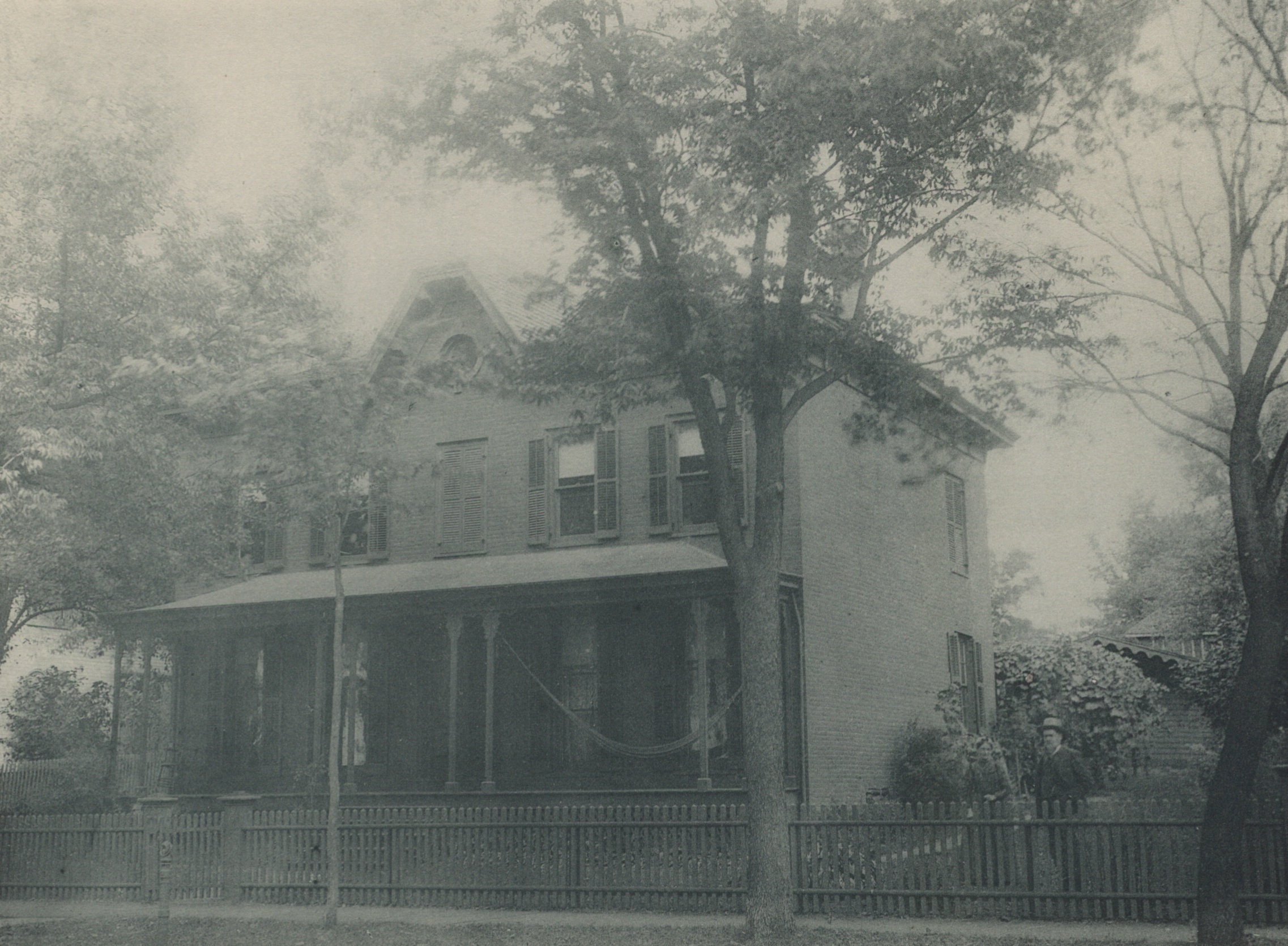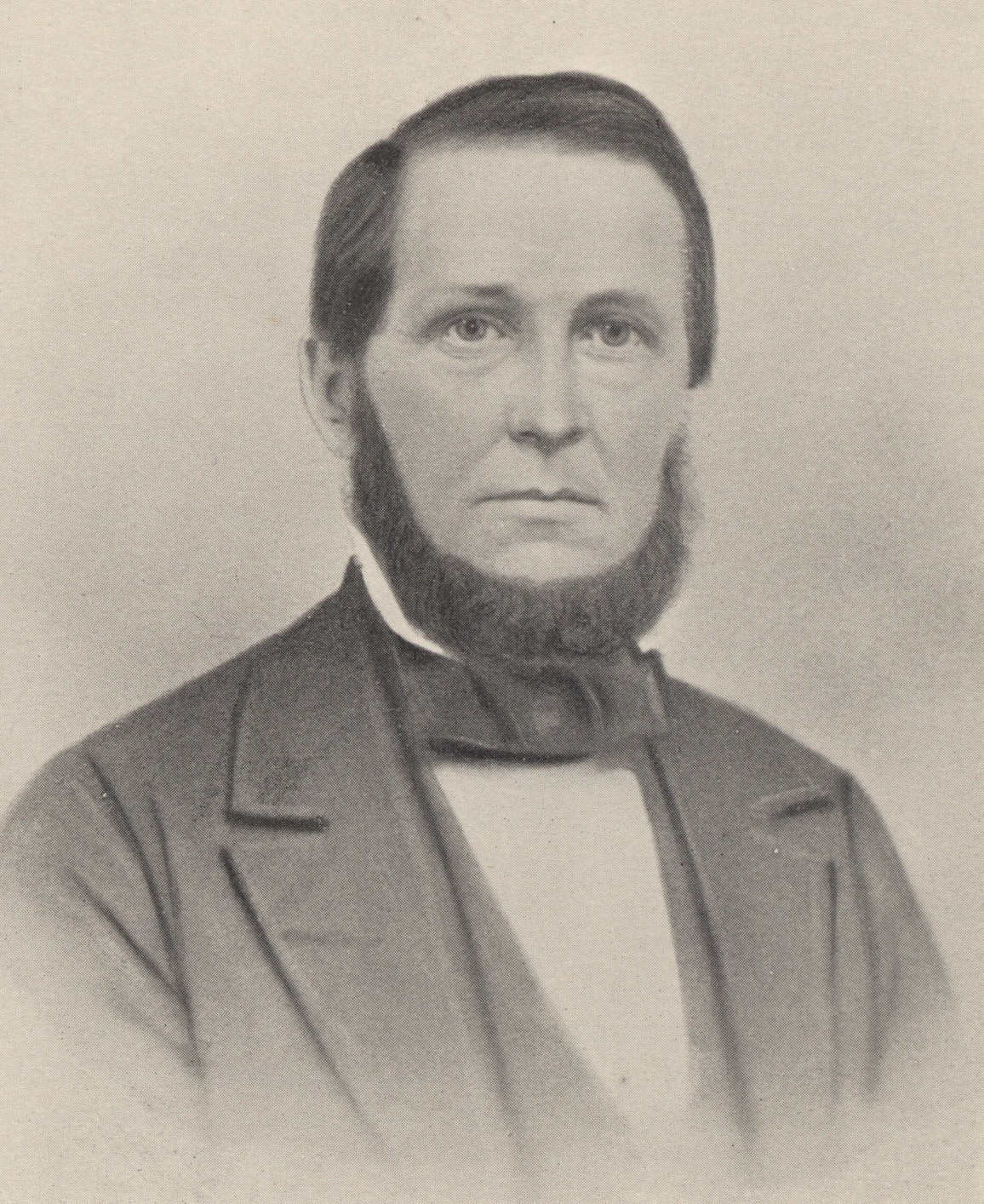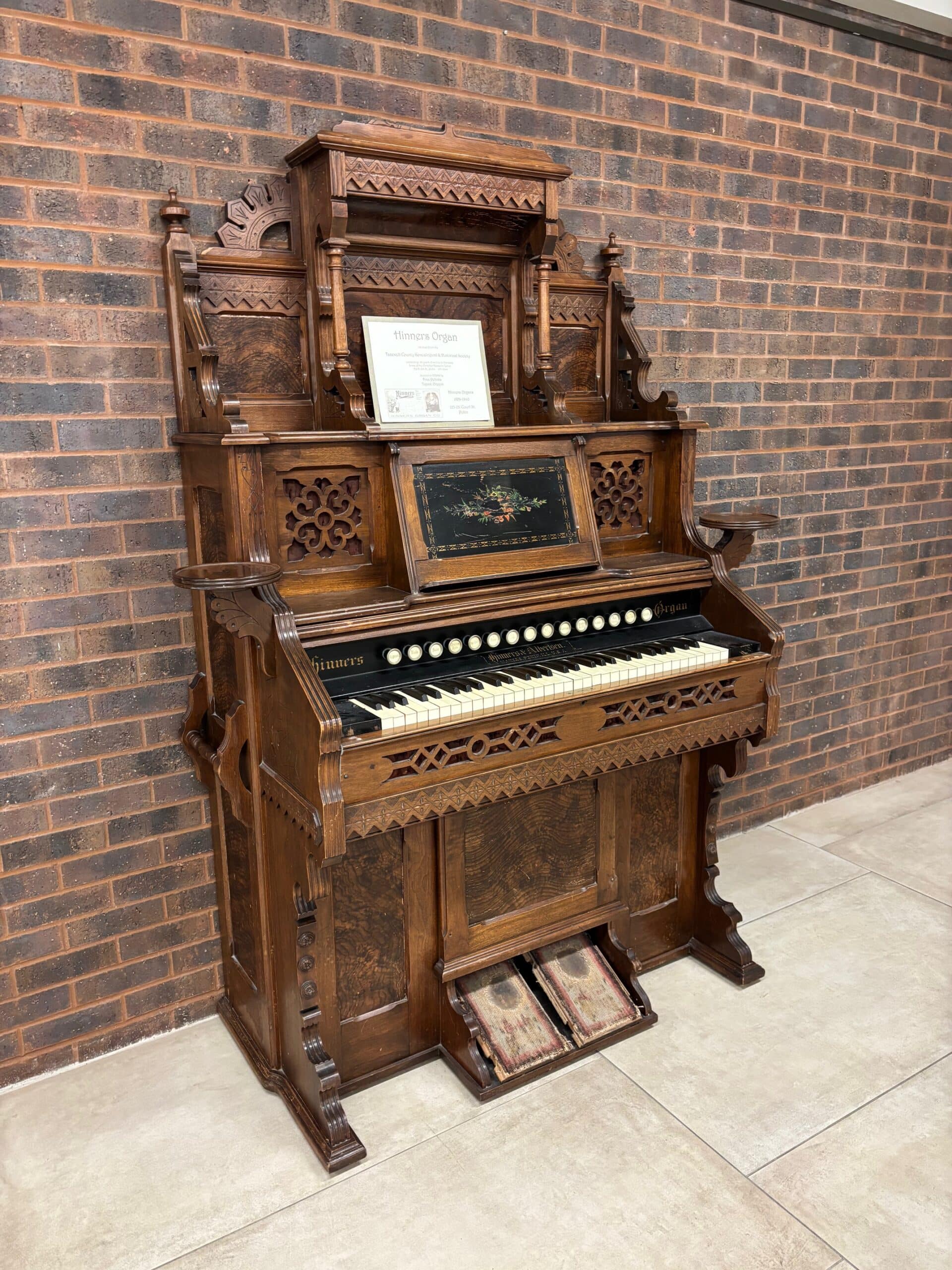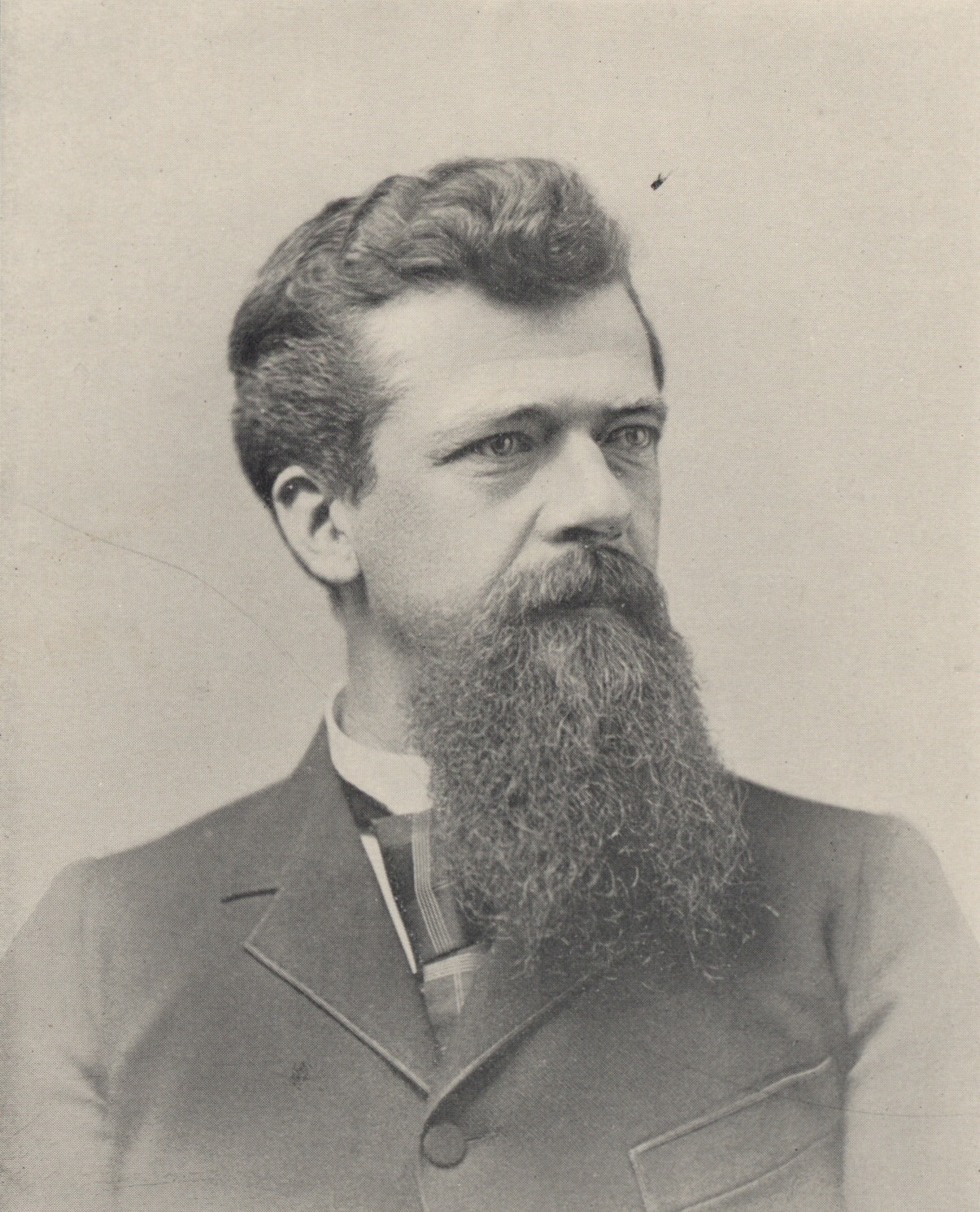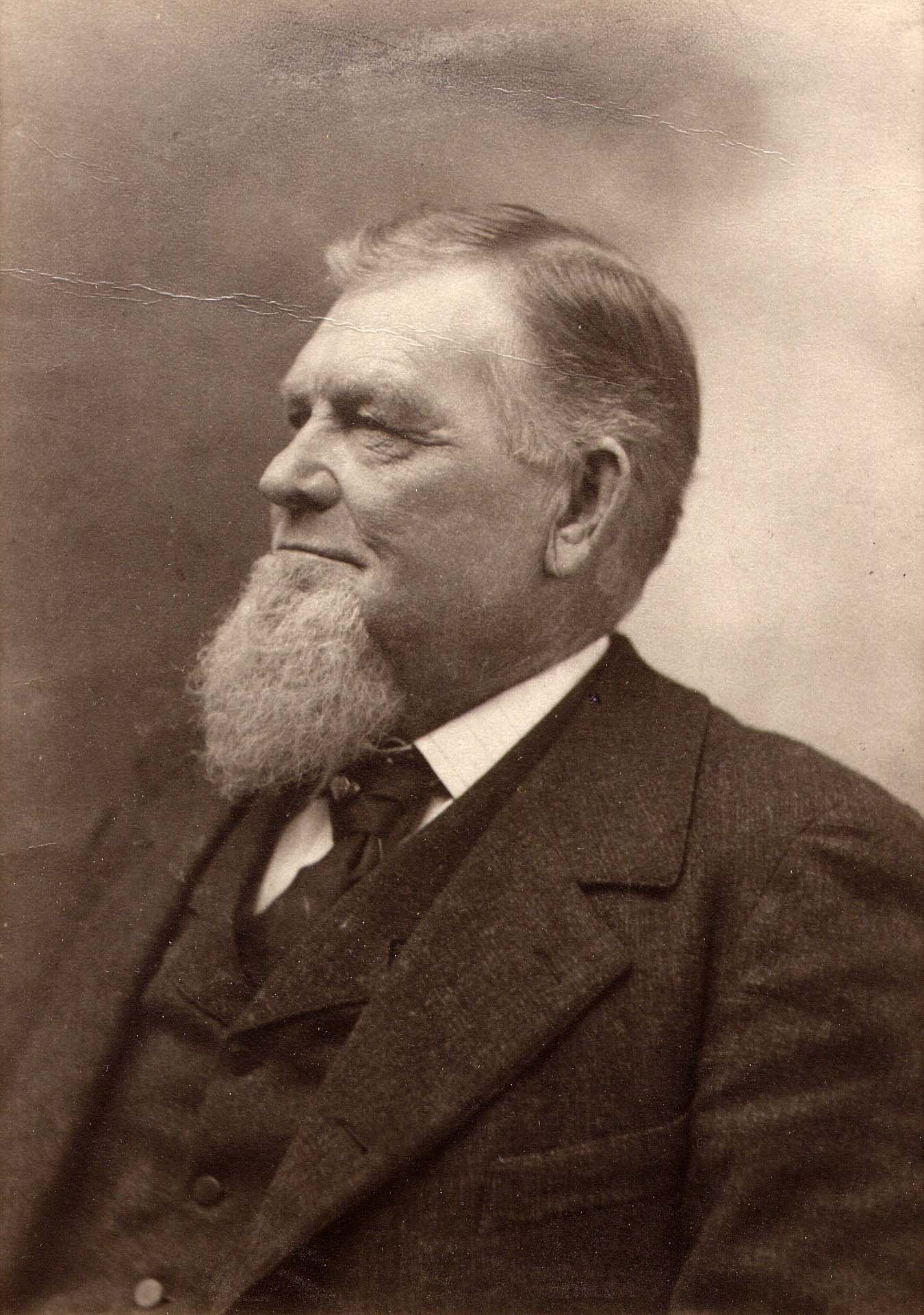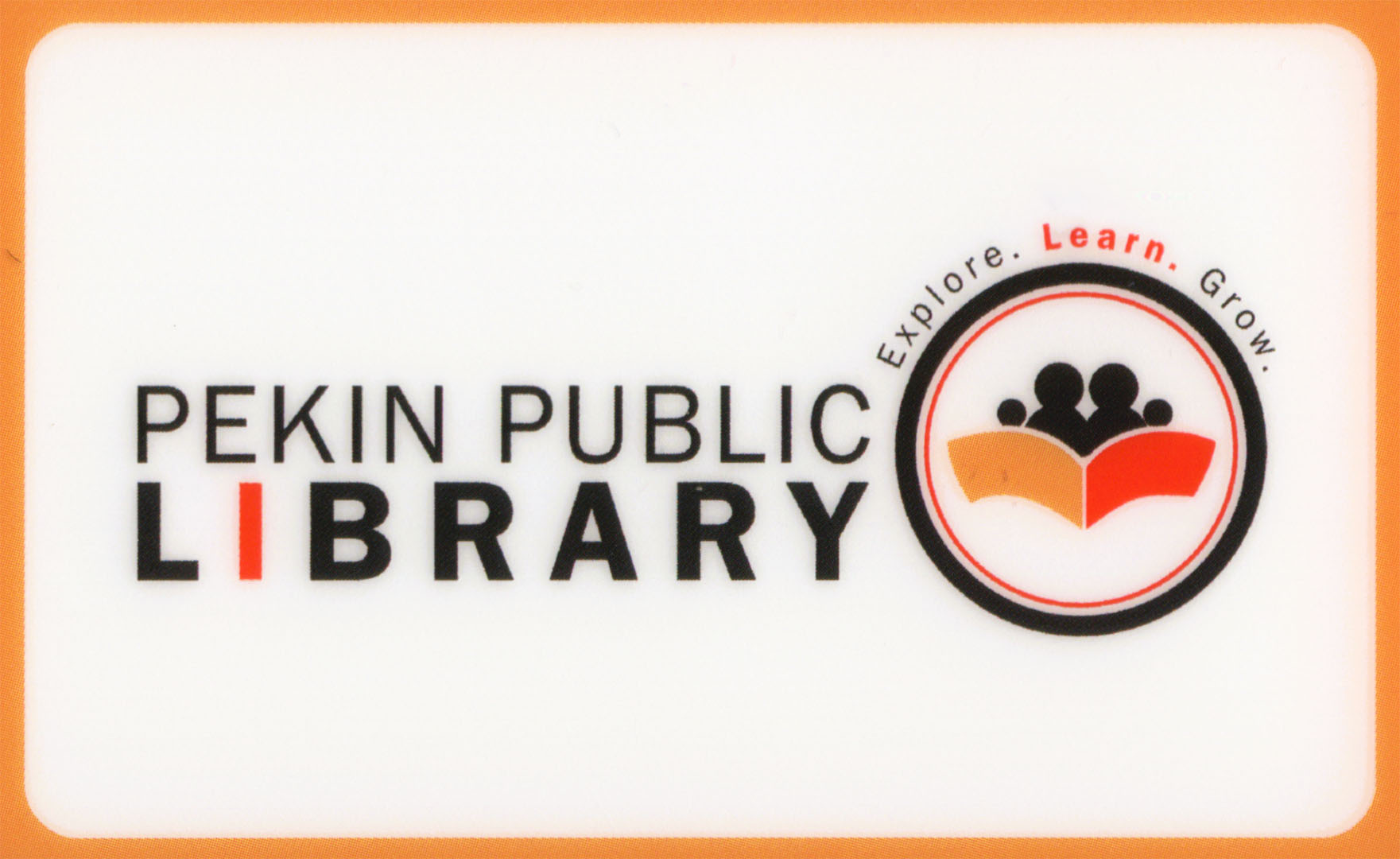In spotlighting the leading role of Miss Mary Gaither (1852-1945) in the planning and construction of Pekin’s Carnegie library last week, we reached the point in Pekin library history where the library board approved the proposal for the construction of a new library building.
To review, we saw that upon receipt of the favorable reply from Andrew Carnegie’s personal secretary James Bertram informing her of Carnegie’s offer to commit $10,000 toward the construction of a library, Miss Gaither immediately moved on to the next phase of her campaign to get Pekin’s library a new building: finding a landowner willing to donate a building site. (In Bertram’s letter, he mentioned that Carnegie’s offer of $10,000 came with the conditions that the city of Pekin provide a suitable site and also agree to spend at least $1,000 a year to support the library.)
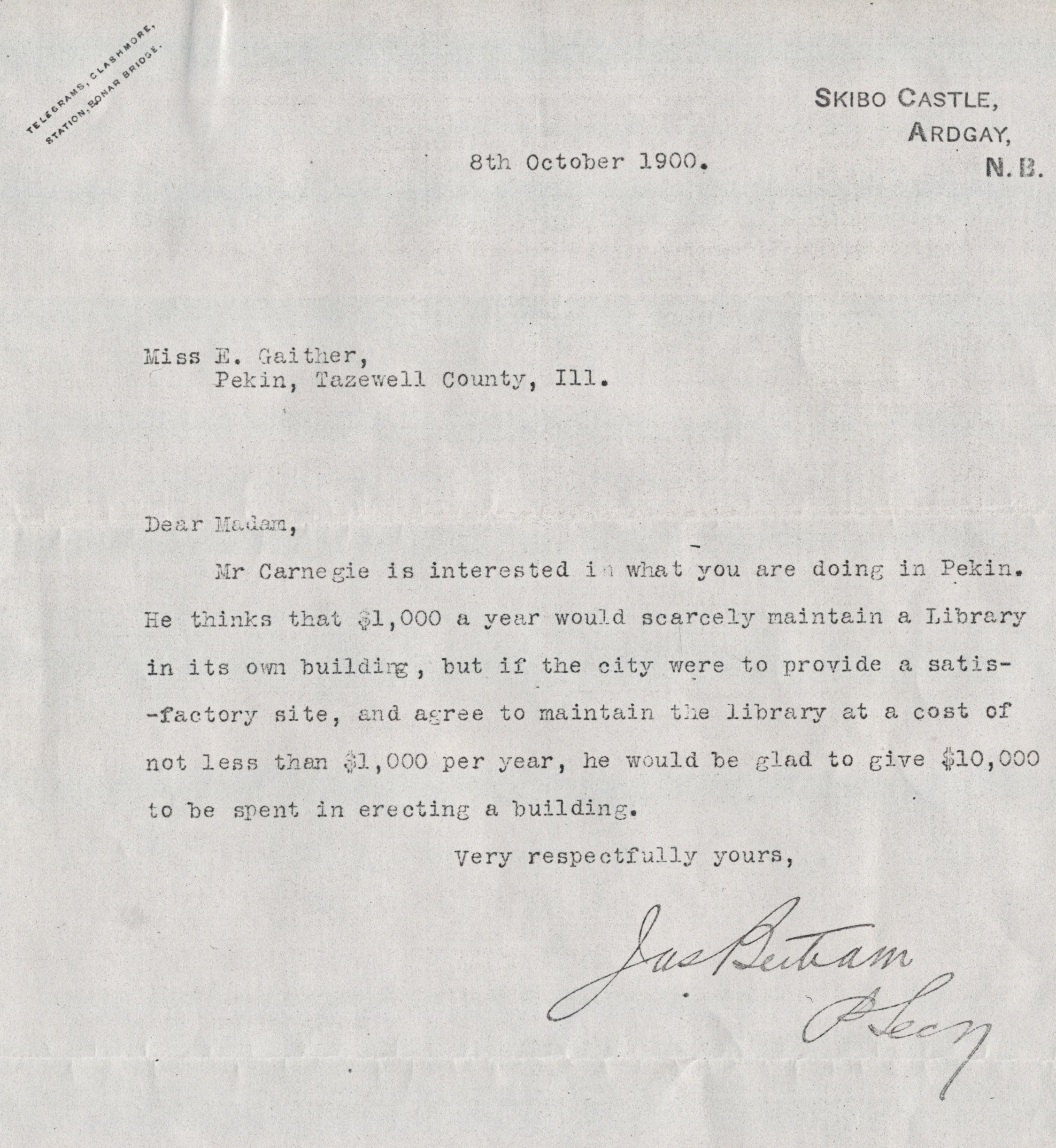
Seeking a site for the new library, Miss Gaither penned a letter to prominent Pekin businessman George Herget (1833-1914), and on Nov. 7, 1900, Herget wrote back to her saying he would be happy to donate land to the city for the library site. In his letter, Herget wrote simply, “I will be pleased to give to the City of Pekin a site for a Library building according to the terms of a certain letter to you from Mr. Andrew Carnegie, dated October 8th., 1900.”
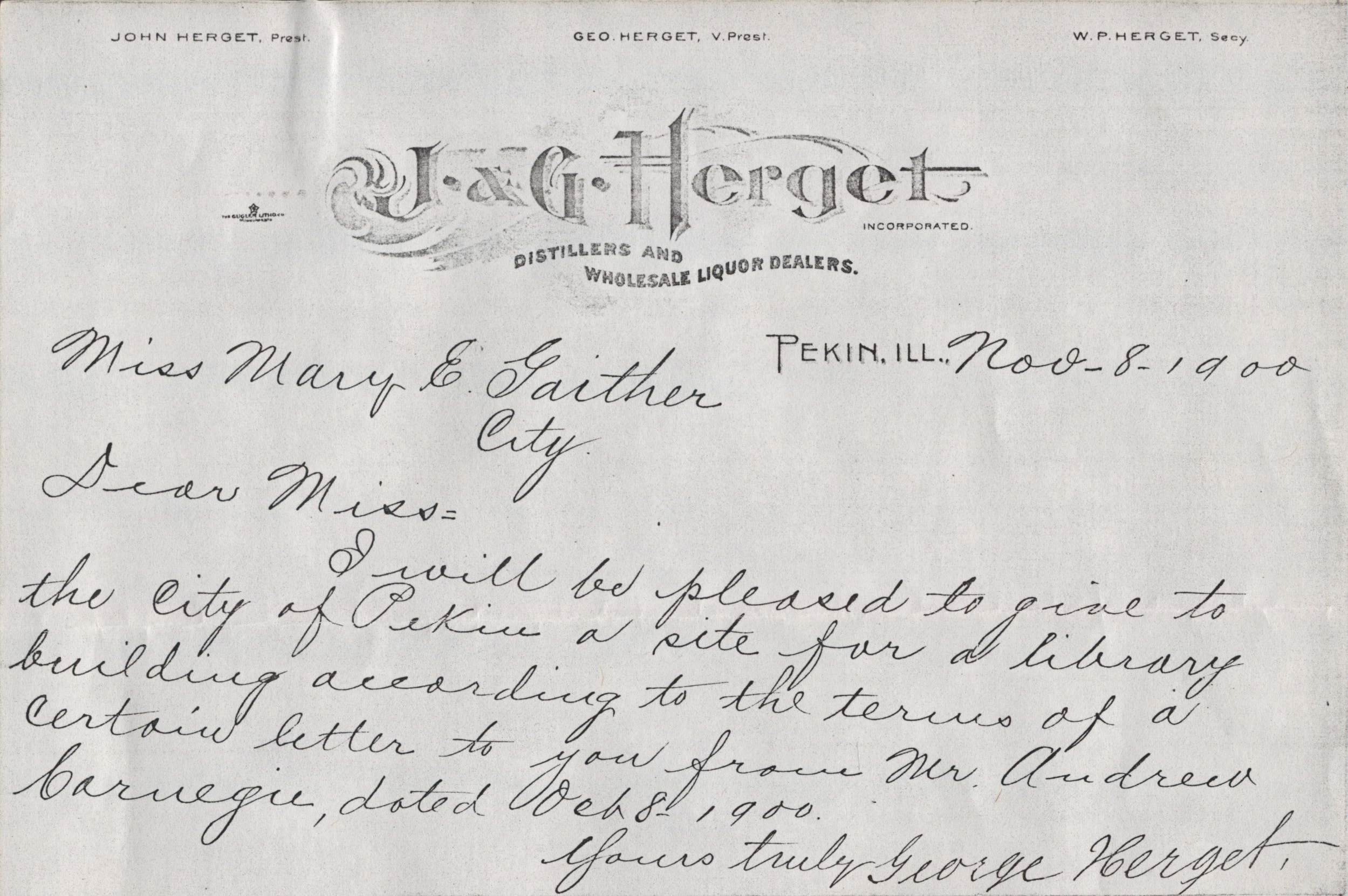
The next day, Gaither brought Bertram’s and Herget’s letters to the library board meeting of Nov. 8, 1900, where board president Franklin L. Velde read them into the record and the board voted its approval and thanks.
The board and the city then went to work on plans for the Carnegie library. With Herget’s promise of a donation of land, the next step was to obtain a commitment from the city to support the library at levels satisfactory to Carnegie. Less than a month after the Nov. 8 library board meeting, on Dec. 3, 1900 the Pekin City Council under the direction of Mayor Everett W. Wilson passed an ordinance by which the city promised to appropriate not less than $1,500 annually to support the library’s operations and maintain the proposed new building.
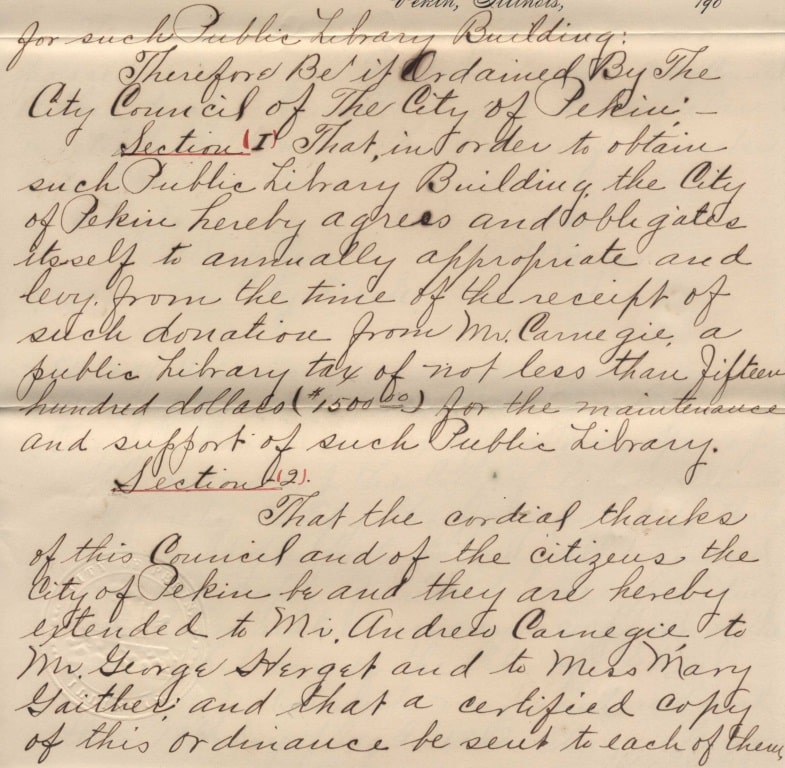
The next step in the process came in Jan. 1901, when George Herget and his wife Caroline announced that they would donate their land at the southwest corner of Broadway and Fourth streets to the Pekin Public Library Board of Trustees. They formally deeded the land to the library board on Oct. 7, 1901, for a nominal cost of $1.
Also in early 1901, George Herget’s nephew Carl Herget (whose mansion on Washington Street is located at the site of the former Gill residence, where the Ladies Library Association was born on Nov. 24, 1866) made a matching donation of $1,000 to supply books for the new library.
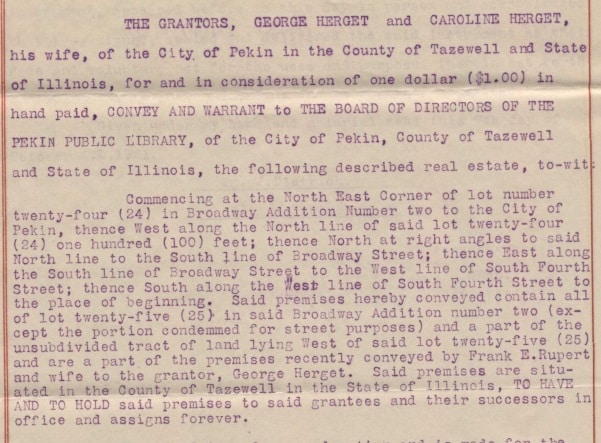
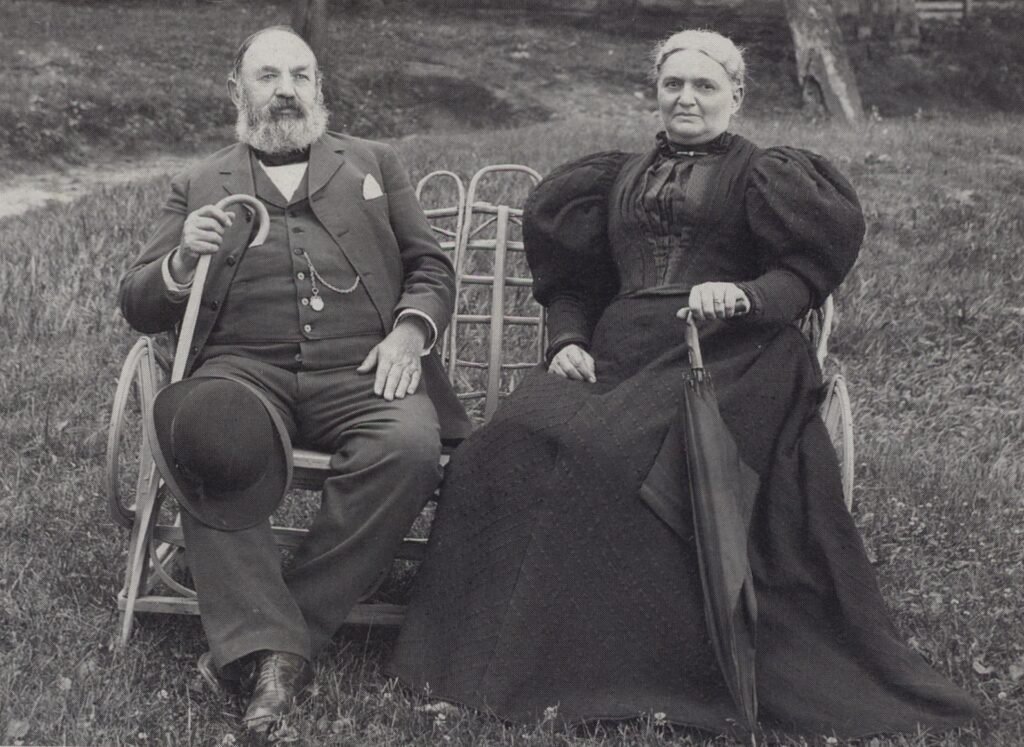
Pleased with the progress Pekin had made toward the erection of a Carnegie library, Andrew Carnegie’s secretary Bertram in Dec. 1901 wrote to the library board, saying Carnegie was increasing his donation toward the library’s construction to $15,000.
One month later, in Jan. 1902 the library board formed a building committee, appointing as members Mr. Carl G. Herget, Mrs. Emily P. Schenck, Mr. W. J. Conzelman, and Mr. F. L. Velde. The committee was directed to choose a building plan and recommend an architect. Bloomington architect Paul O. Moratz, who had already erected several public buildings and Carnegie libraries across the country, was chosen, and Moratz’s plans were submitted to the board March 13, 1902.
Next week we will turn our attention to the career and achievements of Paul O. Moratz.



